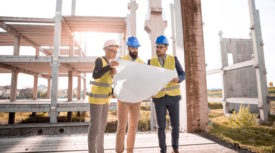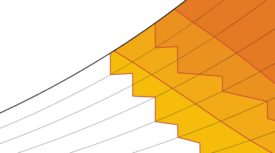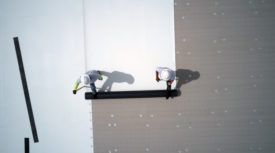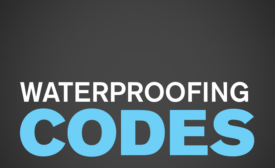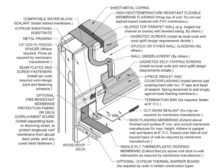Home » Publications » Building Enclosure
Building Enclosure
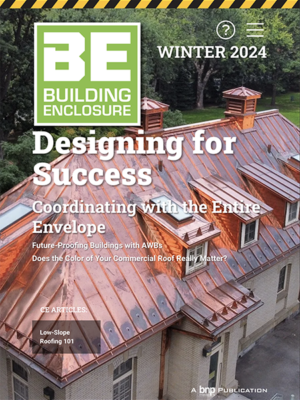
Winter 2024
Features
Back to TopColumns
Back to TopMeeting Sustainability Goals by Designing High-Performance Building Envelopes
A Q&A with PIMA President Justin Koscher
November 7, 2023
Codes
Back to TopDetails
Back to TopEnhance your expertise with unparalleled insights.
Join thousands of building professionals today. Shouldn’t you know what they know?
SUBSCRIBE TODAY!Copyright ©2024. All Rights Reserved BNP Media.
Design, CMS, Hosting & Web Development :: ePublishing
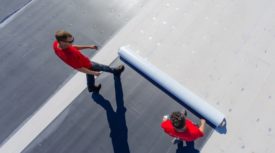

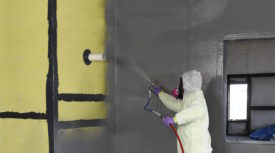
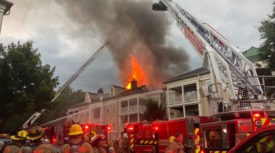


.jpg?height=168&t=1693230691&width=275)
